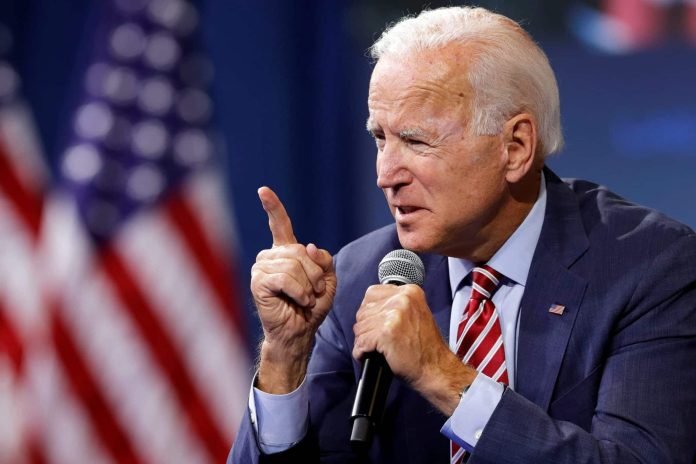by Asif Haroon Raja
Nuclearization of South Asia
India initiated the concepts of subversion and cross-border terrorism in South Asia by subverting the minds of the Bengalis in former East Pakistan, aiding and abetting the Bengali rebels in 1970/71, and after achieving the desired effects, cutting Pakistan into two parts in 1971.
Overjoyed by its grand success, India’s RAW once again started using subversive tactics in the smaller provinces of truncated Pakistan with a focus on Baluchistan and Sindh. Propelled by its ambitions to become the unchallenged power of South Asia, India expanded and modernized its armed forces with the help of the former USSR, which became India’s biggest arms supplier.
India laid the foundations of the nuclearization of South Asia in Aug 1974 by conducting a weaponized nuclear explosion at Pokhran and named it Smiling Buddha. This breakthrough in nuclear technology was achieved with the assistance of the former USSR, Canada, and the US.
Pakistan’s nuclear program became an irritant
Alarmed by the dangerous intentions of India, ZA Bhutto secretly laid the foundation of Pakistan’s nuclear program at Kahuta under Dr. AQ Khan in 1976. While India’s nuclear program was ignored by the US, Pakistan’s nuclear program became an irritant. Jimmy Carter’s regime put Pakistan under sanctions in 1979 on mere suspicion.
Pakistan’s uranium enrichment program was overlooked by the Reagan regime due to its selfish interests in the Afghan war in which Pakistan was playing a lead role. Gen Ziaul Haq took advantage of the US dilemma and completed the program shrouded in secrecy in 1983, but he kept the bomb in the basement under the policy of ambiguity.
After achieving all its objectives in Afghanistan, Reagan callously imposed economic and military sanctions on Pakistan in 1990 so that it couldn’t sustain its nuclear ambitions. The tag of Islamic Bomb was affixed with Pakistan’s nuclear program in order to create a scare that the radical elements in Pakistan would compel the government to hand over the bombs to its radical Muslim friends in the Middle East.
The program became an eyesore for India and Israel as well and the trio hatched plans to undo it. India and Israel made two attempts to destroy the Kahuta plant by air strikes but were foiled.

Brig. General Asif Haroon Raja a Member Board of Advisors Opinion Maker is Staff College and Armed Forces WarCoursequalified holds MSc war studies degree; a second generation officer, he fought the epic battle of Hilli in northwest East Bengal during 1971 war, in which Maj M. Akram received Nishan-e-Haider posthumously.
He served as Directing Staff Command & Staff College, Defence Attaché Egypt, and Sudan and Dean of Corps of Military Attaches in Cairo. He commanded the heaviest brigade in Kashmir. He is lingual and speaks English, Pashto and Punjabi fluently.
He is author of books titled ‘Battle of Hilli’, ‘1948, 1965 & 1971 Kashmir Battles and Freedom Struggle’, ‘Muhammad bin Qasim to Gen Musharraf’, Roots of 1971 Tragedy’; has written a number of motivational pamphlets. Draft of his next book ‘Tangled Knot of Kashmir’ is ready.
He is a defense analyst and columnist and writes articles on security, defense and political matters for numerous international/national publications.
ATTENTION READERS
We See The World From All Sides and Want YOU To Be Fully InformedIn fact, intentional disinformation is a disgraceful scourge in media today. So to assuage any possible errant incorrect information posted herein, we strongly encourage you to seek corroboration from other non-VT sources before forming an educated opinion.
About VT - Policies & Disclosures - Comment Policy





